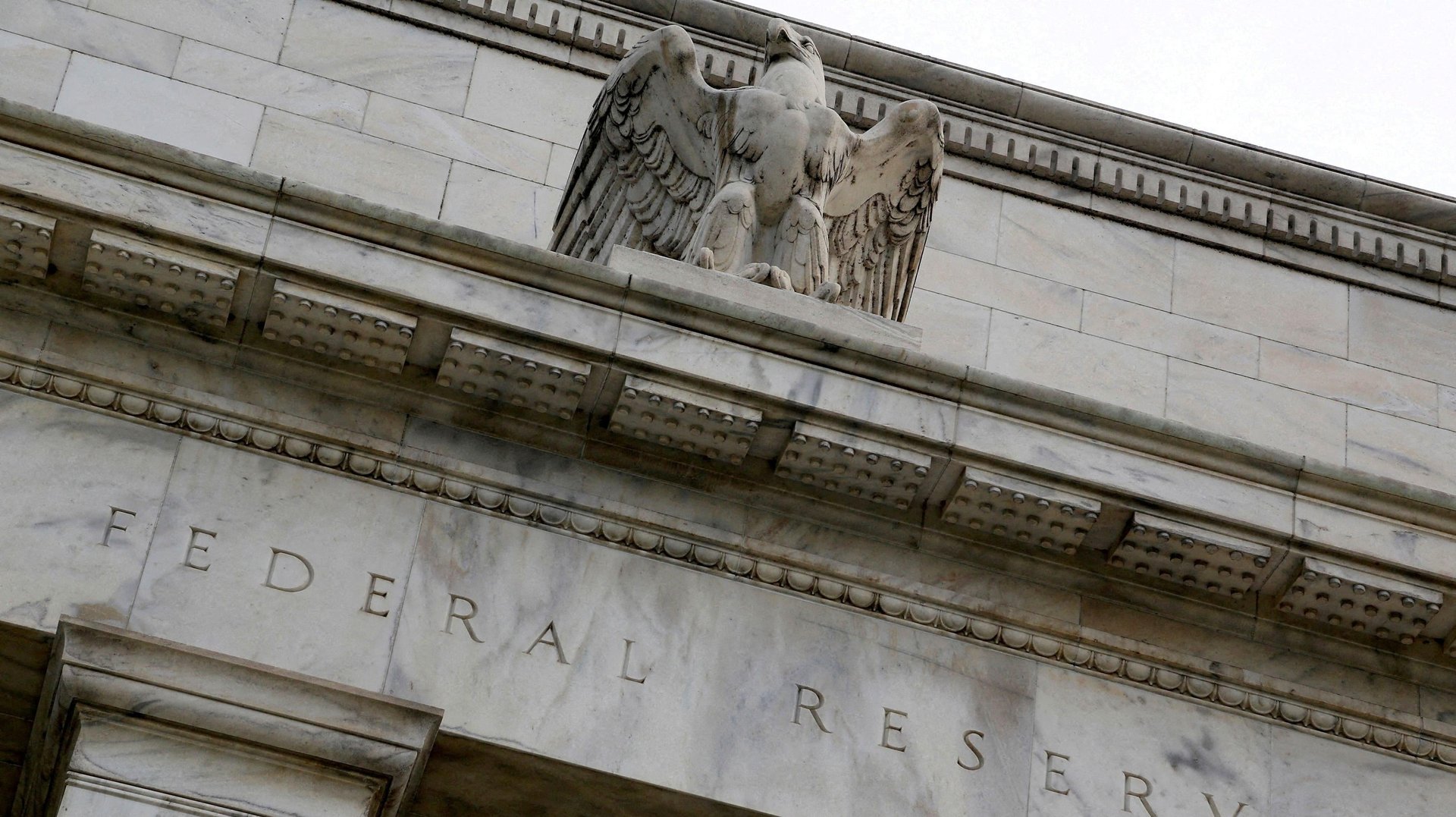Why the Fed’s hikes are not showing up in your savings account
But have lifted mortgage rates to their highest level in more than a decade

The US Federal Reserve’s latest bout of interest rate hikes has been brutal. Over the past seven months, the cost of borrowing has shot up at a pace that’s never been seen before. This week, US mortgage rates jumped to 6.75%, their highest point in more than 15 years.
But not all interest rates are reacting instantly to the Fed’s tightening. The interest banks are paying consumers on their savings accounts are trailing far behind those set by the central bank.
Why are US savings interest rates so low?
The Fed’s interest rate hikes make overnight borrowing for banks more expensive. Traditionally, banks respond by raising interest rates on savings accounts to attract more deposits and make up for the added costs. The higher rates also help banks keep deposits from flowing out to money market funds, which are full of interest-rate sensitive Treasury bills.
It usually takes a while for the Fed’s rate to feed through to rates on savings deposits. But this time around, the lag has been unusually long because deposit rates and the fed funds rate both started at essentially zero and the normal spread between the two had to be reestablished before deposit rates could move up again, said Bill Nelson, the chief economist at the Bank Policy Institute. Moreover, deposit rates tend to move more slowly than the fed funds rate, so the Fed’s rapid pace of rate hikes has contributed to a widening gap between the two that should narrow over time.
Plus, because consumers’ savings accounts are more flush than usual, thanks in part to pandemic stimulus, banks don’t feel the need to raise rates to attract more deposits.
As a result, the average interest rate on savings has only moved to 0.16% from 0.06% when the Fed started hiking.
But there is a big gap between the average and the top yields on savings accounts, which have been hitting levels not seen since 2009 and are tracking the increase in the Fed’s rate quite closely. They mostly reflect the rates fintechs are offering to lure customers away from traditional banks, which is where most Americans have their savings accounts.
Why are mortgage rates moving up so fast then?
Mortgage lenders, which typically offer fixed-rate loans, are getting hit by both inflation and fewer buyers. To cope, they are raising their rates at a faster pace than the Fed.
Normally, mortgage rates at 6% or 7% wouldn’t be too severe for borrowers, but with home prices at unprecedented levels, the monthly payments are becoming too high for a big swath of homebuyers.
What’s happening to car loans?
Earlier in the year, credit unions that specialize in car loans stepped in with lower rates at a time when banks didn’t have the risk tolerance to extend loans.
But these lower rates couldn’t be maintained forever. Car loans are also fixed-term loans, and in addition to inflation, lenders have been wary of customers’ preference for luxury vehicles and a chip shortage that could be made worse by a recession. To account for those extra risks, they have upped their rates.
With the Fed expected to keep raising rates, expect borrowing to become even more expensive throughout 2023.
